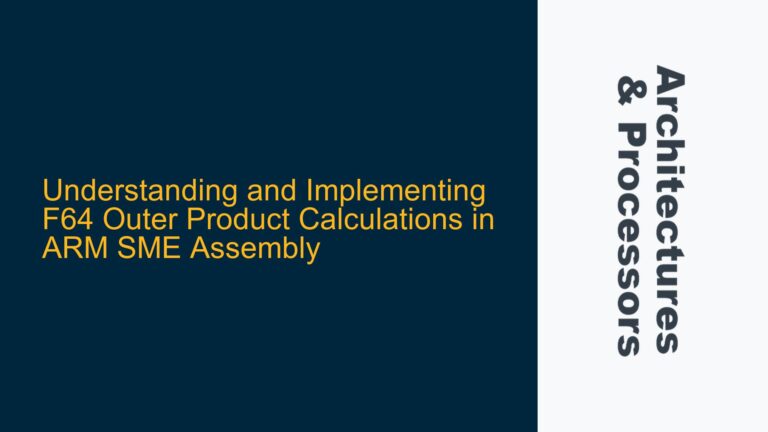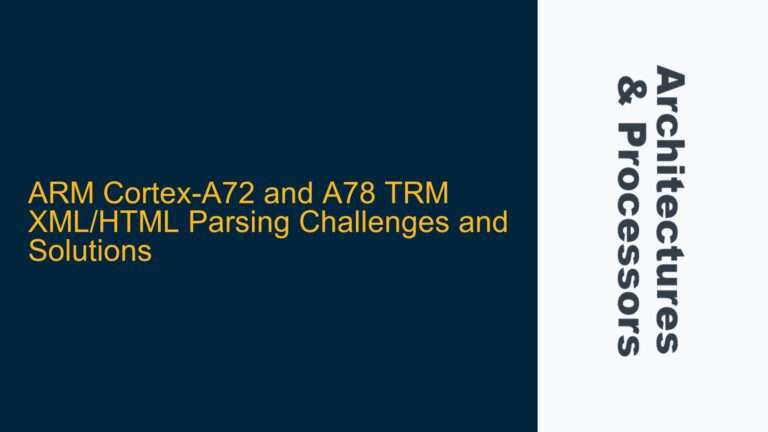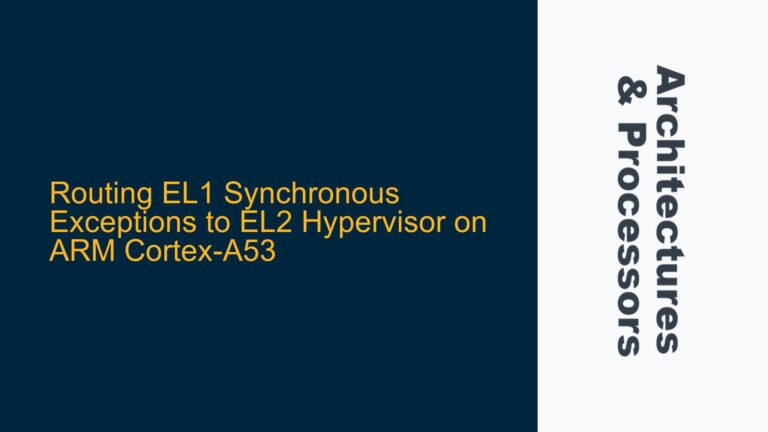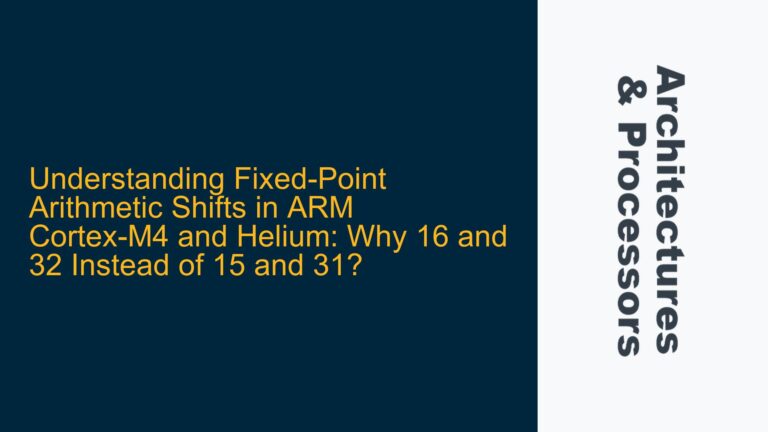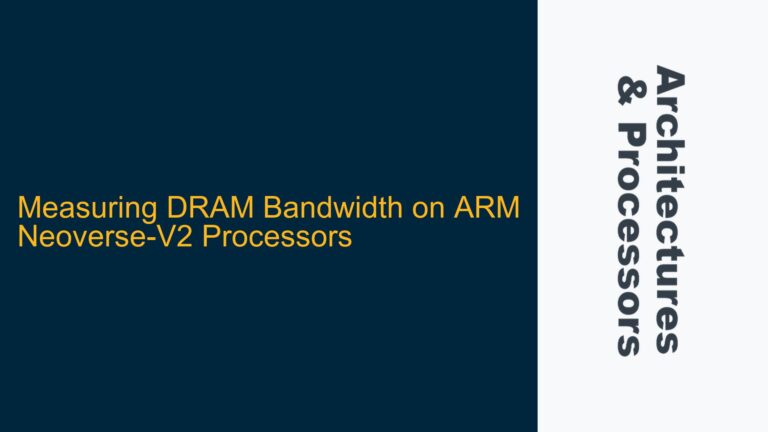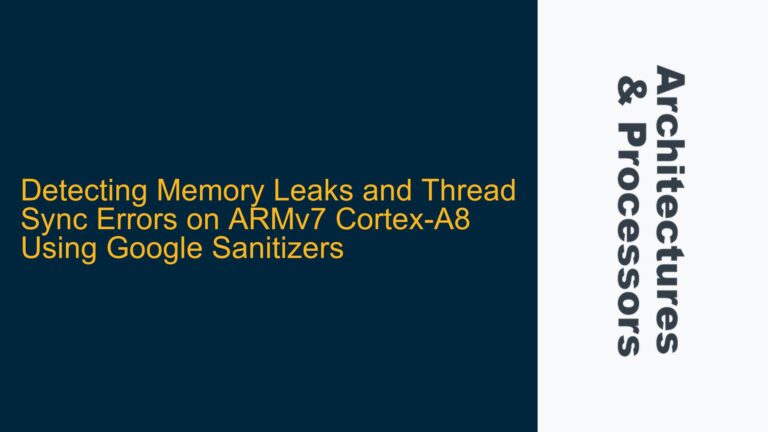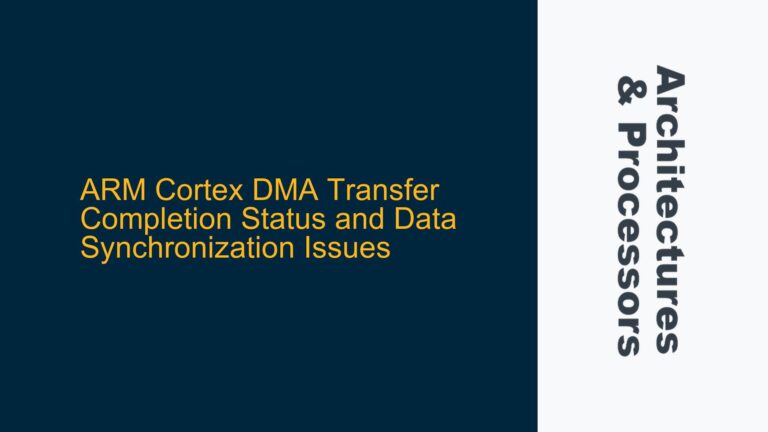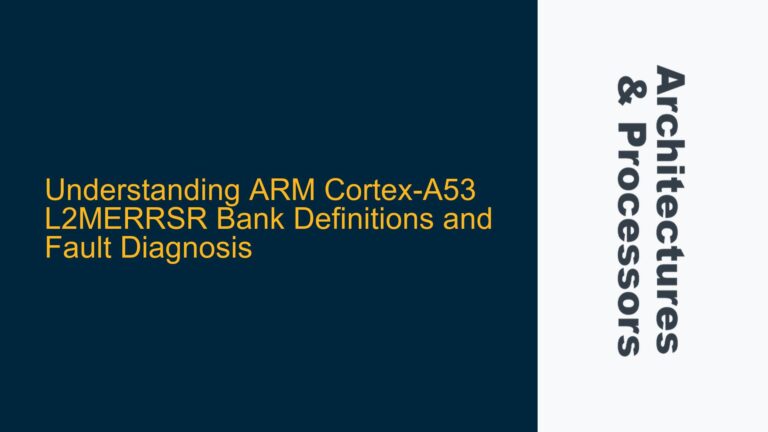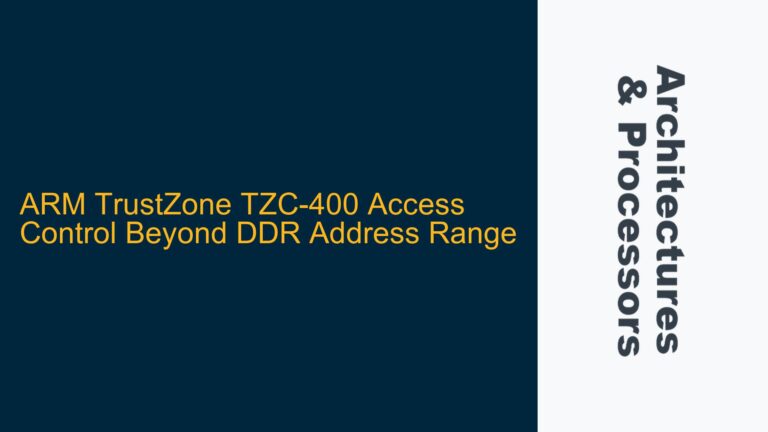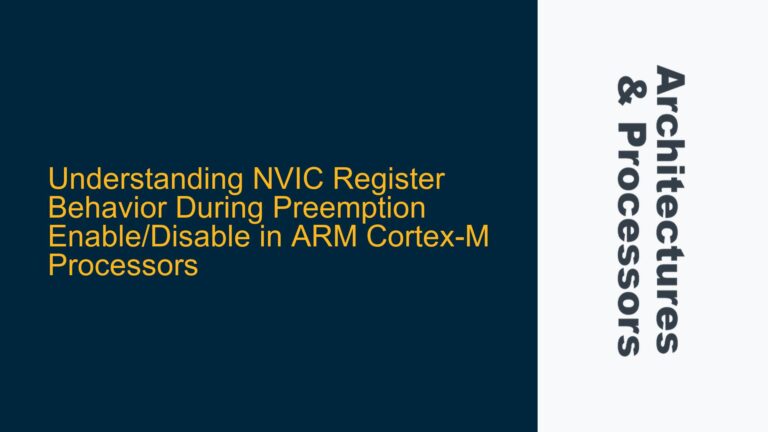and Implementing F64 Outer Product Calculations in ARM SME Assembly
ARM SME Assembly: Challenges with F64 Outer Product Calculations The Scalable Matrix Extension (SME) in ARM architectures introduces powerful capabilities for matrix operations, including outer product calculations. However, implementing floating-point 64-bit (F64) outer products in SME assembly can be challenging due to the complexity of the instruction set, the need for precise memory management, and…
